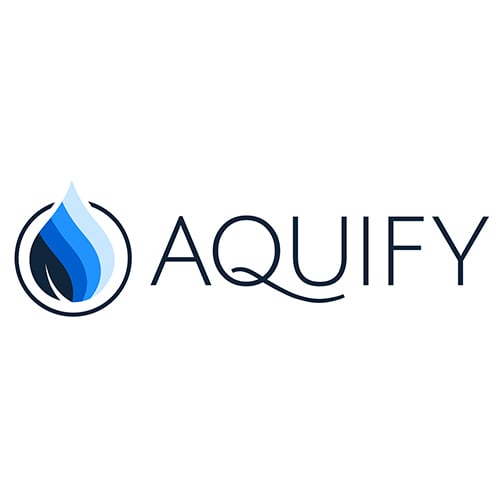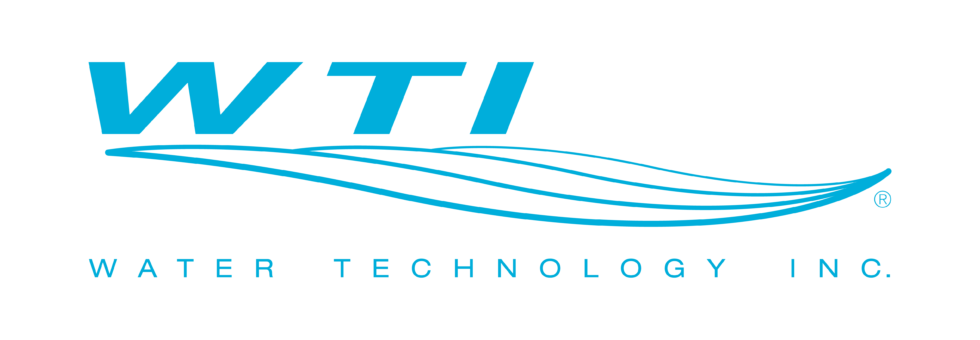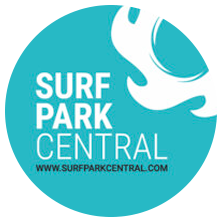By Jess Ponting
I remember how long Surf Park Summit has been running because my first child was born while we were planning the first one, and she had her 13th birthday last week. At that first Surf Park Summit, I said that the surf park industry was at a tipping point. Wadi Adventure was the hottest new property, Wavegarden had its lagoon prototype running, Surfloch was playing with a ‘flying reef’ concept, and American Wave Machines extolled the virtues of circular particle motion and pneumatic wave generation. On top of that, we managed to get 150 people to come to a conference about an industry that didn’t yet exist, but felt certain was about to explode!

I’ve been saying that the industry is at a tipping point in my opening address at every Surf Park Summit for the last 13 years. When institutional capital finally came to the surf park party in Edinburgh in 2021, it seemed like we might be there, but the Covid pandemic caused a global slowdown that resulted in no new surf park openings in 2022, and the Lost Shore capital stack has not been emulated since. However, in 2023, surf park openings took off and continue to have a rocket-like trajectory. The graphs below show annual dynamic surf park openings per year and cumulative surf park openings from 2010 through to 2026.

Adding fuel to this fire, at this year’s Summit, Wavegarden and Endless Surf both announced that they would complete 5-6 new surf parks per year moving forward, Surfloch predicts 2-3 per year from 2027, American Wave Machines currently average about 1 new surf park per year, Wave MFG are periodically add inventory along with Surf Lakes, and several new technologies are waiting in the wings with many more sure to follow. It is difficult to imagine annual surf park openings dipping much below 10 in the short to medium term and perhaps reaching 20 or more. The upshot is that after 13 years of crying wolf, we appear to have finally passed the tipping point.

The graph shows surf park projections into the future, assuming average annual surf park openings of 10, 15, and 20, in five-year increments, out to 30 years. We are looking at a growth rate of between 150% and 320% percent over the next 5 years, and between 320% and 665% in 10 years, assuming these opening rates are sustainable.
There may be a saturation point out there somewhere in the future that could begin to bend these curves, but it seems unlikely to occur in at least the next decade. If the lines hold true through 30 years, at the highest level, surf parks will be creating a billion waves each year. This unignorable promise of growth piqued the interest of new types of speakers at this year’s Surf Park Summit. Speakers who refocused our attention on the real estate components of what we do and challenged us to grow up and reap the rewards.
A mystery speaker was announced in the lead-up to Summit and revealed to be none other than WeWork billionaire and surfing super-enthusiast Adam Neumann. Adam was an early Wavegarden investor who is now disrupting the multifamily real estate space with a focus on community, activity, and things that make life worth living – like surfing. His new company, Flow, is acquiring its own buildings and providing management for third-party developments. Adam’s charisma and world-class storytelling were on show and provided a window into the vision and selling ability it took to raise $350 million from Andreessen Horowitz at a $1 billion valuation for his new venture, followed by an additional $100 million to reach a valuation of approximately $2.5 billion. His presence at Surf Park Summit suggests that the landscape of our industry is changing and gaining the attention of a new audience.

Joining the lineup of real estate entrepreneurs was keynote speaker Brad Hargreaves, founder and CEO of the company Thesis Driven, but previously an entrepreneur with almost half a billion dollars of successful exits before he was 35. Brad’s ability to see opportunities with analytical clarity is truly outstanding and he drew on examples from golf courses, ski mountains, marinas, single family build to rent (the post pandemic growth of this sector is reminiscent of surf parks), industrial logistics centers, and outdoor hospitality to demonstrate different stages of maturity of asset classes and what it takes to move from one level to the next. Brad placed surf parks in the breakout phase of asset class development, with an eye on becoming established and eventually institutional in the future.

While today surf park financing relies almost entirely on high net worth individuals, family offices, and hospitality developers (looking at you, Lost Shore as the exception that proves the rule), according to Brad, the next stages will bring thematic funds and ultimately REITs, infrastructure funds, and rollups.
The key to unlocking true institutional asset class status will be a portfolio sale or REIT acquisition. These types of sales are highly regulated and only happen with assets that produce stable recurring income, have clear exit value, and that fit a recognizable asset thesis (e.g., “experiential or amenitized real estate”). When this type of acquisition takes place, an as-yet-unavailable level of transparency on purchase price, cap rate, and net operating income data will become available as a reference point for future surf park acquisition deals. These comps will validate the asset thesis, catalyze a rise in liquidity, and drive cap rate compression. At this point, institutional capital is likely to follow at scale.
Brad identified the need for standardized metrics and reporting across the industry as a key feature currently missing from the surf park space that is a non-negotiable requirement for movement through these maturity stages. As long as surf parks remain siloed and secretive, the industry will not be able to reach the next level. Surf Park Summit 2025 represents the inflection point at which this type of nascent asset class-building collaboration took its first steps.
A first-ever committee meeting of surf park operators took place and developed a set of industry-wide minimum safety standards that are set to be signed by a majority of operating surf parks in the coming weeks.

Further collaboration around standardized centralized reporting of surf hour occupancy and average rates per surf hour that could be reported back to the industry in aggregated form (as Smith Travel Research does for the US hotel sector) could really shorten the timeline to maturity and institutional acquisition, as well as provide a better understanding of market saturation and positioning between different business models and geographies. This, combined with the efforts of an emerging handful of dedicated surf park operators and developers who have the potential to collect sufficient data to establish surf parks as a stabilized asset, holds the keys to the future of the industry in terms of acquisitions, exits, liquidity, compressing cap rates and more easily accessible capital.
The surf park industry has finally crossed the line between promise and proof. For over a decade, it’s been the story of “almost there” — technologies refining, investors circling, dreamers building prototypes. This year’s Surf Park Summit made clear that we are now on the other side of the curve. This inflection point also marks a new kind of responsibility: In order to become a legitimate asset class, the industry must mature beyond individual ambition into collective accountability — through standardized reporting, safety benchmarks, and transparent performance metrics that build investor confidence and consumer trust. The first operator committee and commitment to minimum safety standards is a historic step in that direction. As surf parks evolve from pioneering projects to a global network of surf-anchored real estate destinations, data, discipline, and cooperation will define who thrives and survives in the next chapter.































You must be logged in to post a comment Login